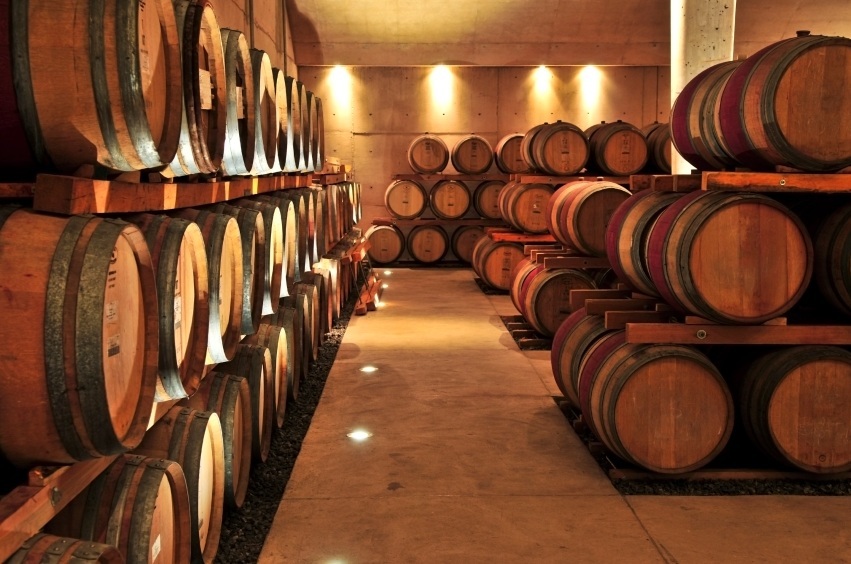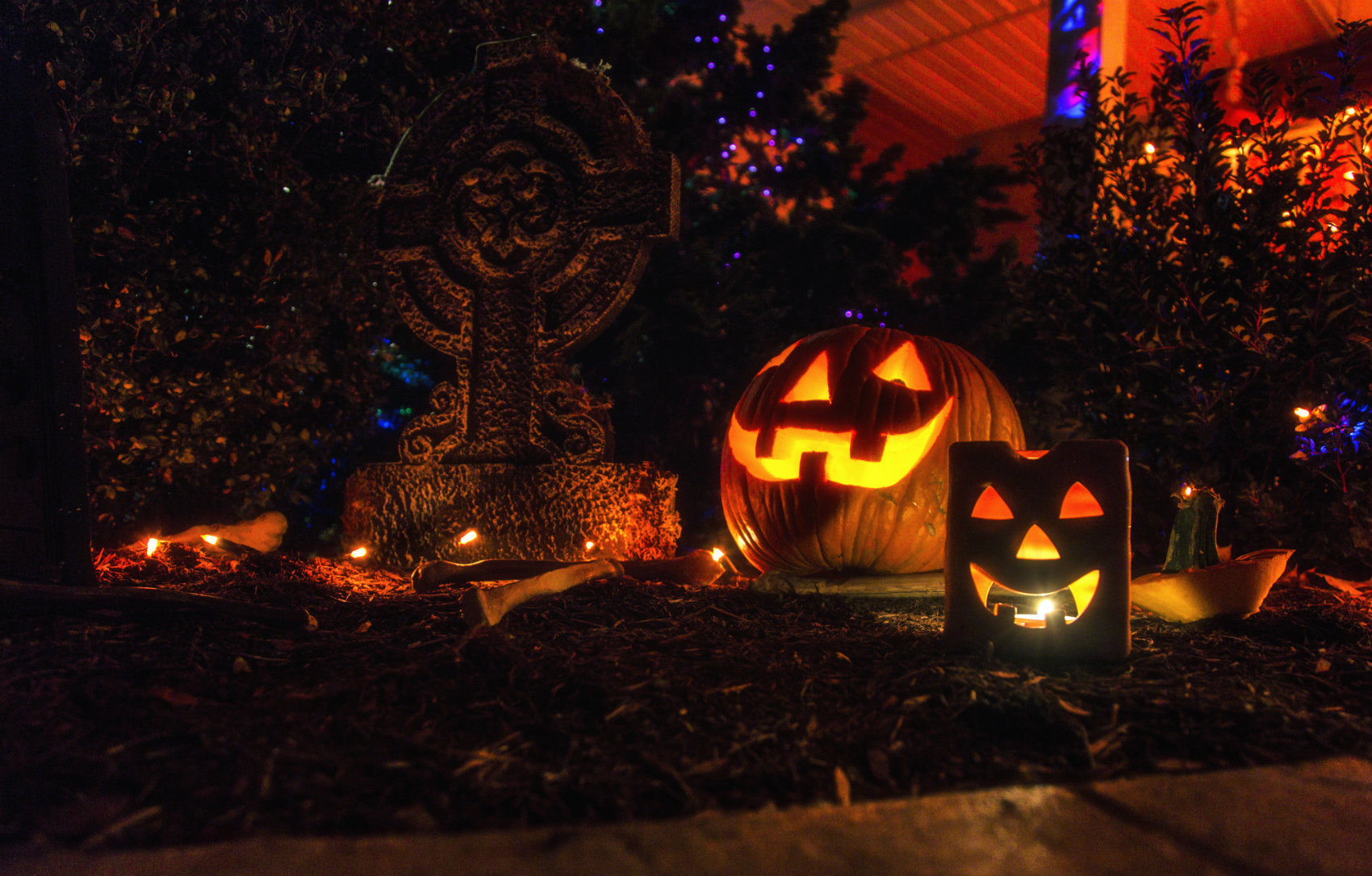Recently awarded ‘winery of the year’ in the 2019 Halliday Wine Companion awards, this iconic Melbourne winery shows no signs of slowing down. We chatted to winemaker and general manager, Dylan McMahon about how the business has managed to evolve with the times, while still keeping very much in touch with their history and roots.

How was Seville Estate born?
It was started by my grandparents, Dr Peter and Margaret McMahon, back in 1972 – this is when the first grapes were planted. They’d purchased the property a few years earlier than that and, at the time, this was at the rebirth of the Yarra Valley – a number of other wineries were also planting… actually, a lot of doctors were starting wine brands.
Why doctors?
I think in those days lots of doctors shared the mentality of appreciation for wine as well as having an understanding of microbiology – so they were more likely to know about yeasts and fermentation, for example. I suppose this made it easy for them to see the opportunity in wine, and it was also extraordinarily different back then in terms of what was required prior to vintage. Pete had to cultivate his own yeast and it was quite an involved, clinical process all round.
How long did Peter and Margaret stay involved?
Peter and Margaret ran Seville right up until the late ‘90s and they really made a name for themselves, and for Seville Estate, during that time. Around that time too, there was a massive explosion of vineyard planting throughout the valley – a whole range of new producers started up, including lots of big operators, which meant increased competition, and saw the whole landscape shift. You basically went from boutique wineries with a few acres each to larger operators with acres of vineyards.
Peter and Marg retired into the wine industry, so as time went on they decided they needed to take a step back, and the winery was sold in 1996 to Brokenwood in the Hunter Valley.

How did you come to be involved?
As a kid, I’d always been involved in picking or vintage to some degree. Eventually, I started helping regularly on weekends and I was able to score a job over vintage and I fell in love with it.
After that first vintage, I did a winemaking degree and then went overseas and did multiple vintages there while travelling. In 2004, I came back here to settle down, and took over as the main winemaker.
And how did you merge into your winemaker/general manager role?
Since I came on as the head winemaker, I’ve been really focused on trying to make the best wines possible from this vineyard. This means I’m constantly examining all aspects of winemaking while working with our incredible vineyard manager (Andrew Peggie) to ensure we’re growing the best fruit possible.
In 2017 I moved into the GM role and, together with new ownership, I now have access to some capital funds that I can use to implement some changes and improvements to the property. This has enabled us to modernise and expand our offering, which has allowed us to reach our potential as a company.
In what ways are you modernising?
I really wanted to make the most of our amazing location – it’s a beautiful place for people to come and visit and absorb the surroundings. In the last 12 months, we’ve put together a whole new team of people coming into the business – we’ve grown from a company with three employees to now having a team made up of nine full-time staff and 12 casuals – we’ve opened a restaurant, expanded our accommodation, including the renovation of the old homestead. We’ve also expanded the vineyard, which is vital.
It’s exciting – the place is filled with all these really talented people now, who are all experts in their field, which is really inspiring.
Has it been difficult to manage this shift and delegate responsibilities?
It’s always been my philosophy to find people that are passionate about their field and great at what they do, get them excited about this place and then get out of their way.
There are so many facets involved in running this business, from agriculture, production, retail, restaurant and accommodation… They all require different levels of expertise to effectively deliver a high-quality product to the customer.
I’m a winemaker by trade. I’m not experienced in hospitality, so employing people that are is very much something I believe in and has been a big factor in our success.
What prompted the expansion?
The wine industry is competitive and there is a lot of price gouging in the market. Relying on wholesale is tough and not very profitable. We need to have strong direct sales through the company to help generate revenue. Having the opportunity to sell direct to consumers in a variety of ways e.g. cellar door, restaurant and wine clubs is important to us to sustain our business.
We wanted to encourage people to come to visit and experience the property. We’re a bit off the main drag, about 20 mins south of the Yarra Valley, so we must provide different reasons for people to visit because it requires a bit more of a commitment. Having different offerings here has enabled this to happen.
Speaking of big commitments… opening a restaurant must have been daunting.
Oh yeah, it’s scary. We wanted to make a space which was approachable and elegant in style. The design and feel was something we carefully considered, it needed to reflect our wines and surroundings.
I started by employing a friend of mine, Tony Layton, who has great experience and expertise in this field. He was able to take my vision, mould it and turn it into a reality. He’s a gun – the success of our hospitality arm is due to his talent and personality. I also matched this up with a great interior designer (Welcome To Here) and the restaurant was born.
And you must get a lot of Melbourne clientele – notoriously savvy when it comes to food?
(Laughs) Oh yeah, Melbourne people can be tough on you because they’re used to one of the best food scenes in the world. There are lots of knowledgeable people that expect to be wowed, so you can’t get away with doing anything mediocre.
We’re not creating a new market – we’re stealing market share from Melbourne, so we had to do beautiful things and deliver quality-driven food in order to be successful and give them a reason to come here, and come back!
How did you hire to make sure you could deliver that?
We employed two head chefs, Soren Thogersen and Daniel Bell, who are absolutely brilliant. They complement each other and are young, dedicated and driven. Both from very different kitchen experiences but share a love of produce and technique and are delivering beautiful food that showcases the seasonal Yarra Valley produce.
The rest of the team was hand selected and brings the same sense of service to the dining room and cellar door space. All of them share a love of food, wine and have a professional yet relaxed approach which has almost become our mantra. We are so lucky to be surrounded by some of the freshest produce available, clean air, good wine, and a dedicated team. Running any restaurant is tough but we are surrounded by like-minded people who believe in the future success of everything we do here at Seville.
How is the restaurant practicing sustainability?
We’ve started up a kitchen garden in two locations, including a nursery – so we can grow a range of fresh vegetables that can be incorporated throughout the menu as well as sourcing whatever else we might need from local producers. This means the menu is ever-changing to reflect what’s in season in the area, and/or grown on site.
We’re also big on reducing our waste as much as we can. We’re big on composting but we’re always looking for creative ways to incorporate our leftover fruit and veg back into the menu, in the first instance. Even if you’re composting, you can still throw a lot of food away that could actually be used again. So we’re really conscious because composting still takes time and energy to break down. We can also go further and it’s something we’re passionate about and constantly working on.

What’s next for Seville Estate?
We’re excited about the wines we have coming. They’re due for release in early August – we’ve got our 2018 chardonnay and pinot and 2017 shiraz and cabernet. We’re very happy with the way they’re looking, so we’re excited to show those when they’re ready.
There are also still a lot of internal things we’re tackling and want to nail this year. We’ve started up a new wine club, which will not only give members access to our wines but will reward you for every dollar you spend here at the property. We’ll have special tasting events, dinners and will be focusing on building a program to drive more visitation to the property while curating special access and bespoke events for our members.
On top of that, we’re also exploring new export markets and developing better more efficient way of selling our wines, so we have a clear guide of where our wines are going.





